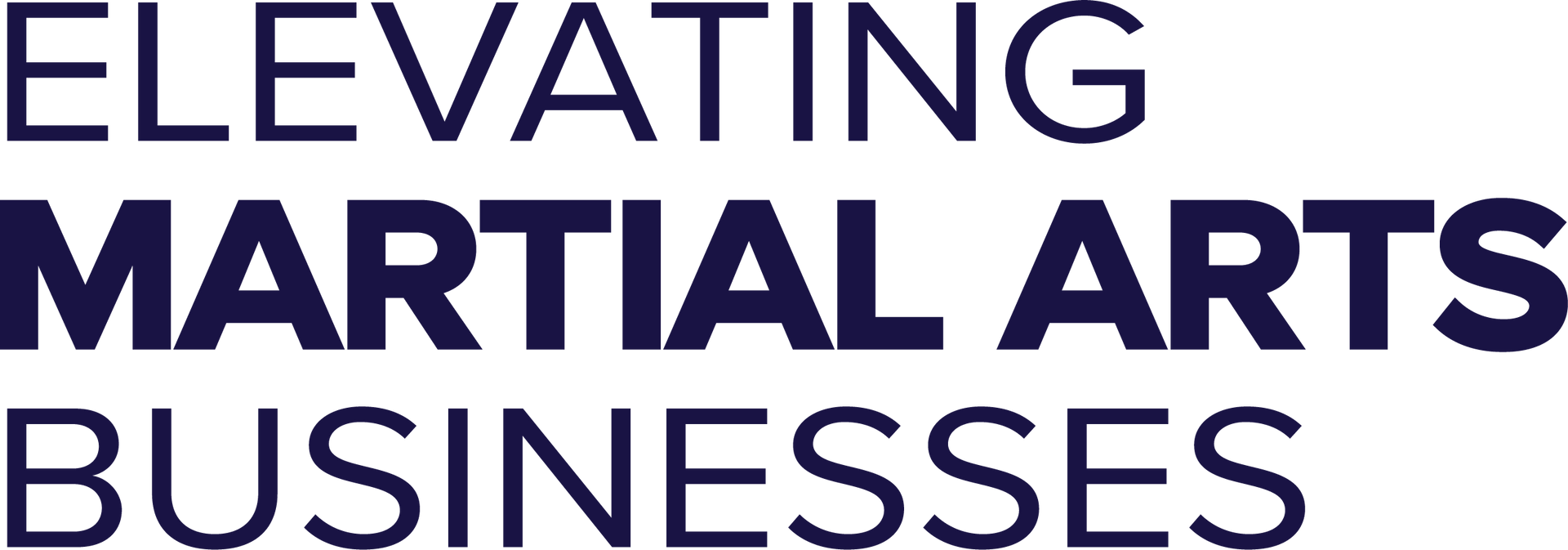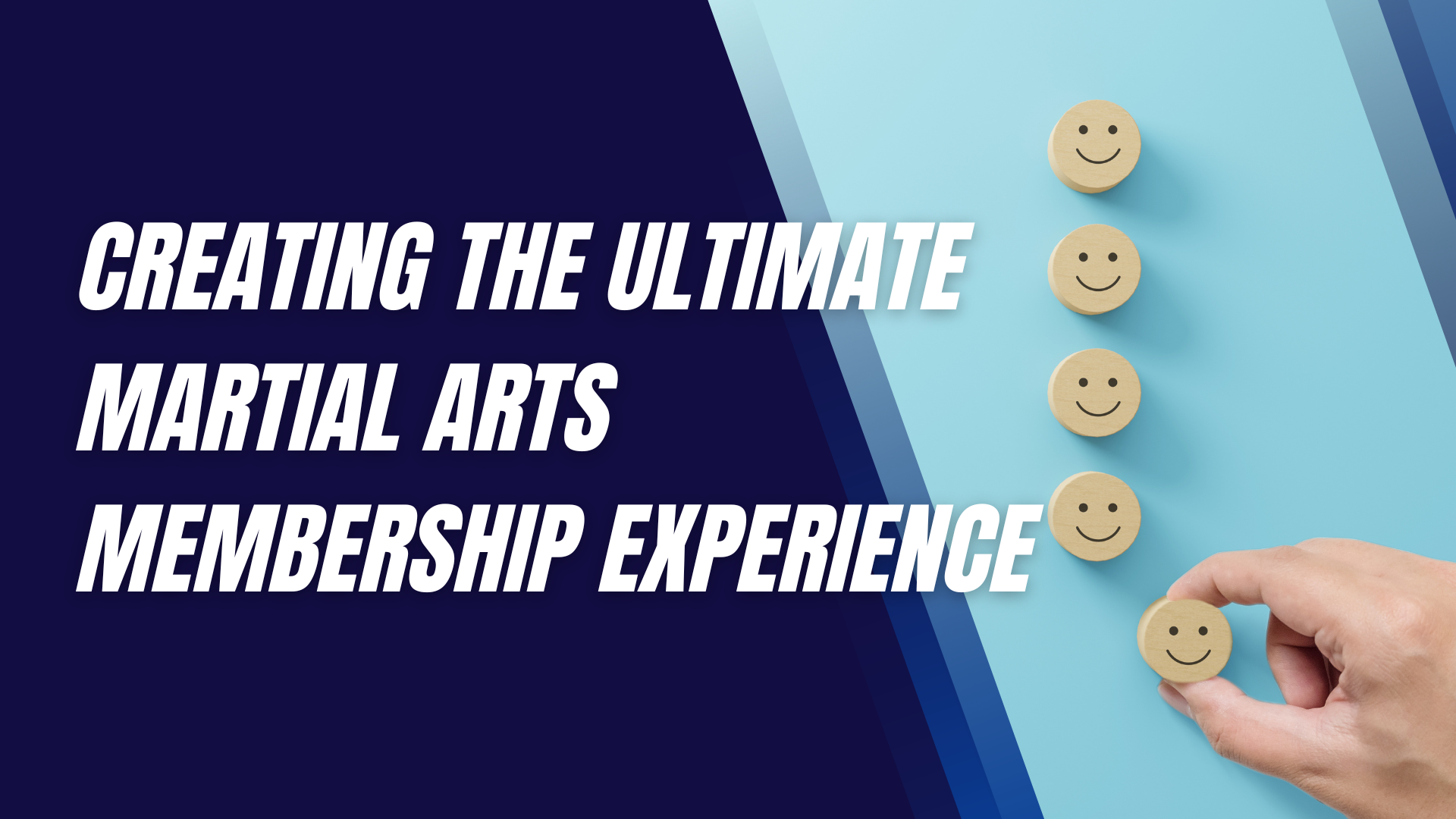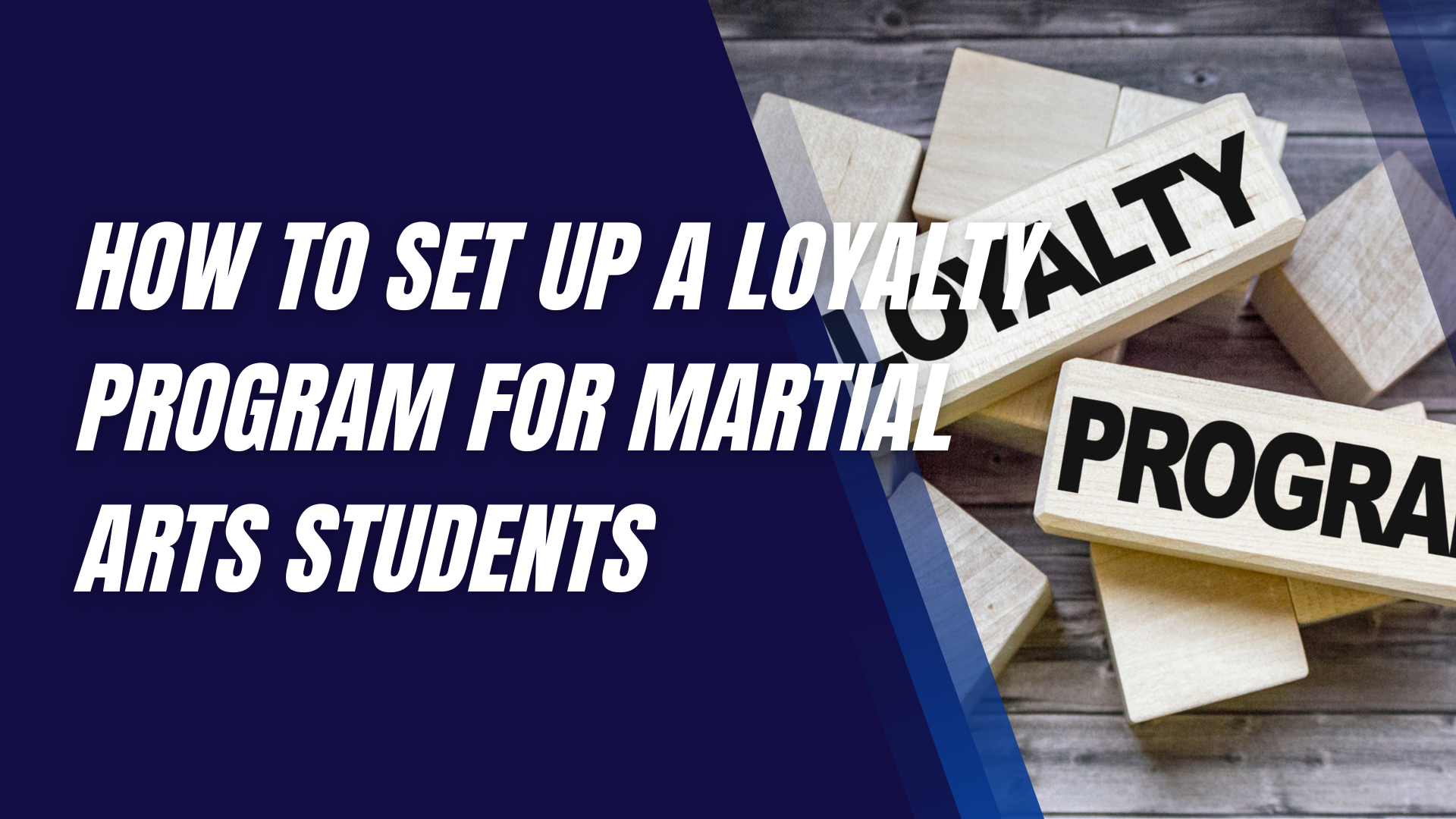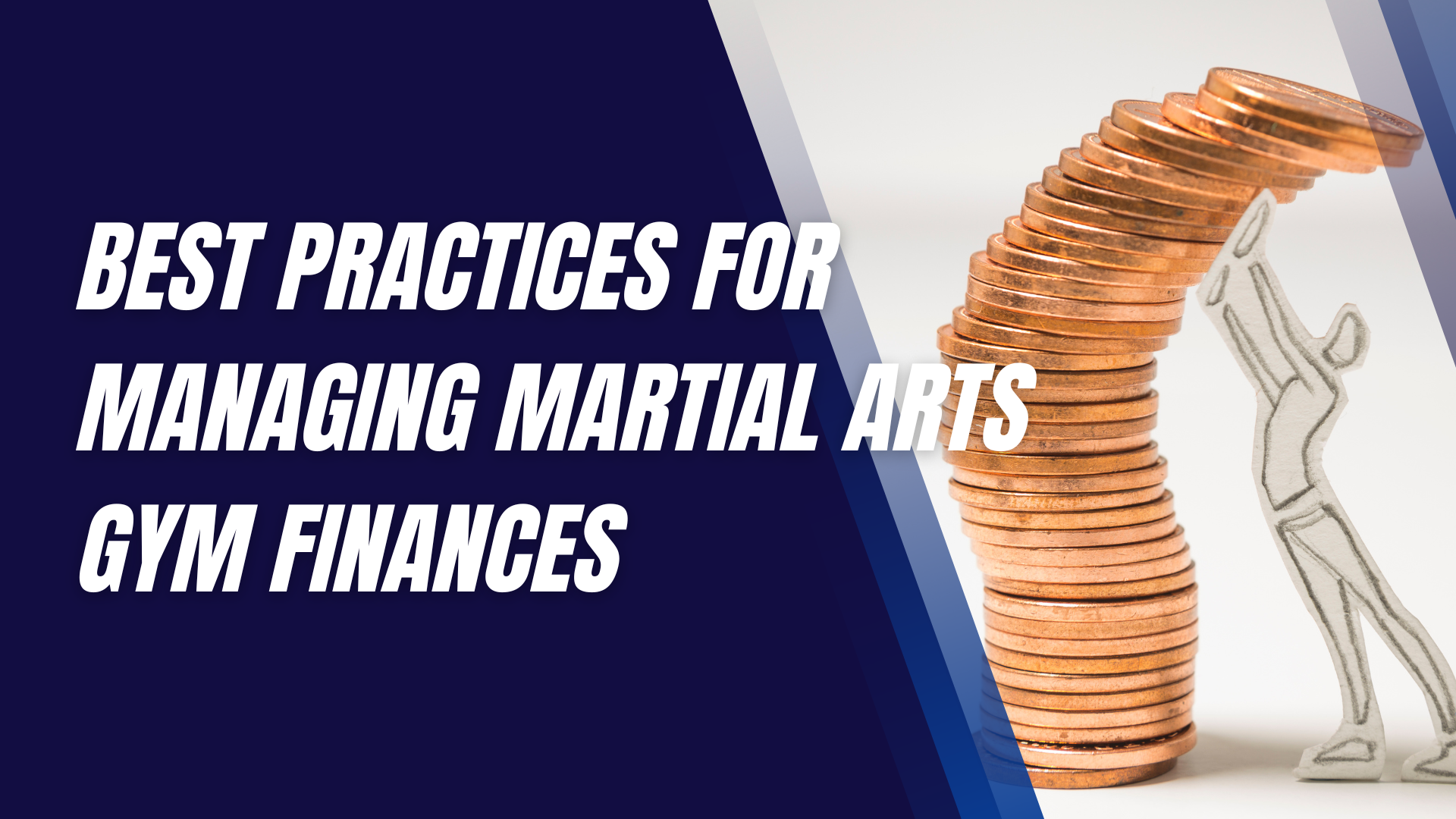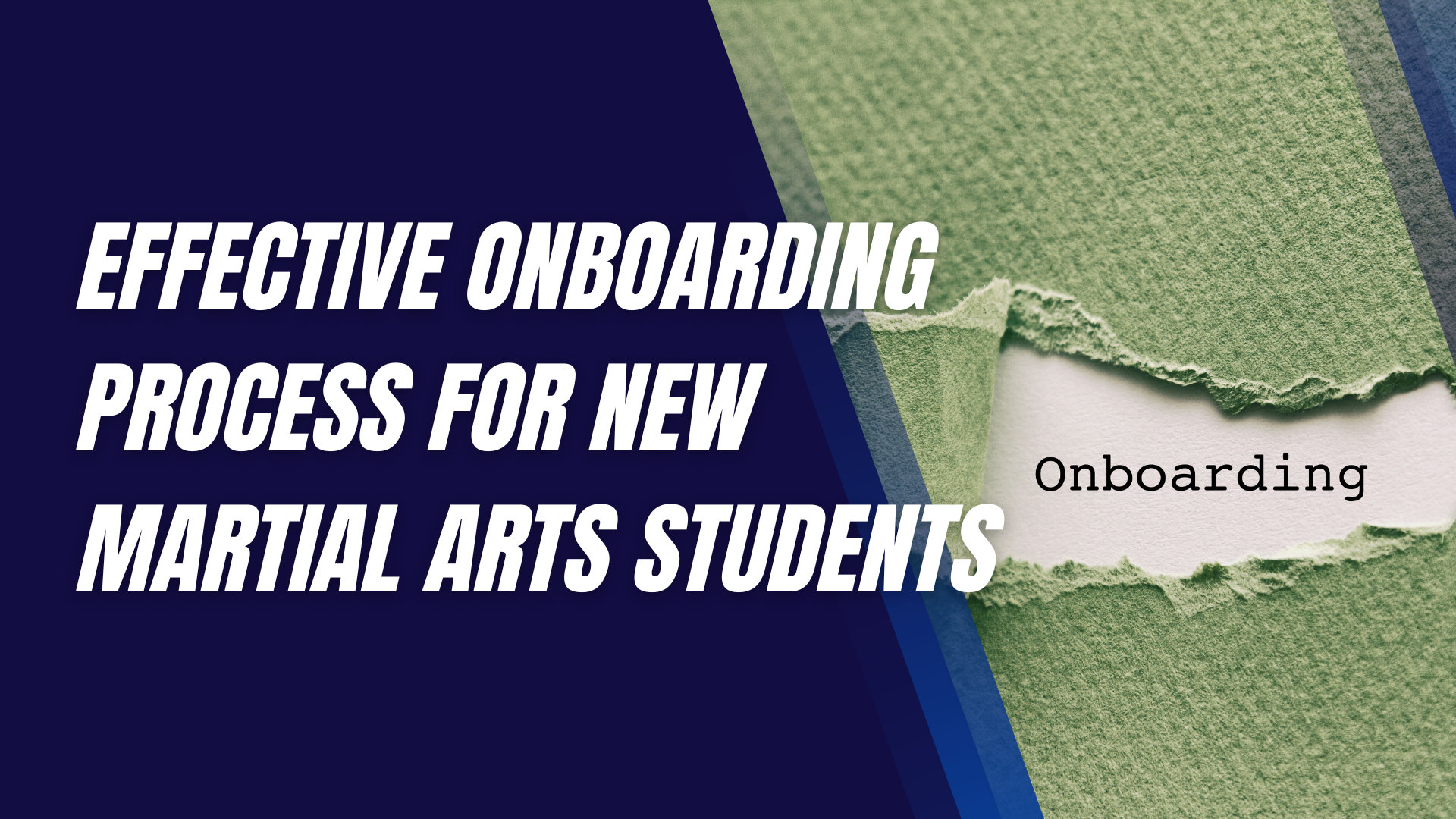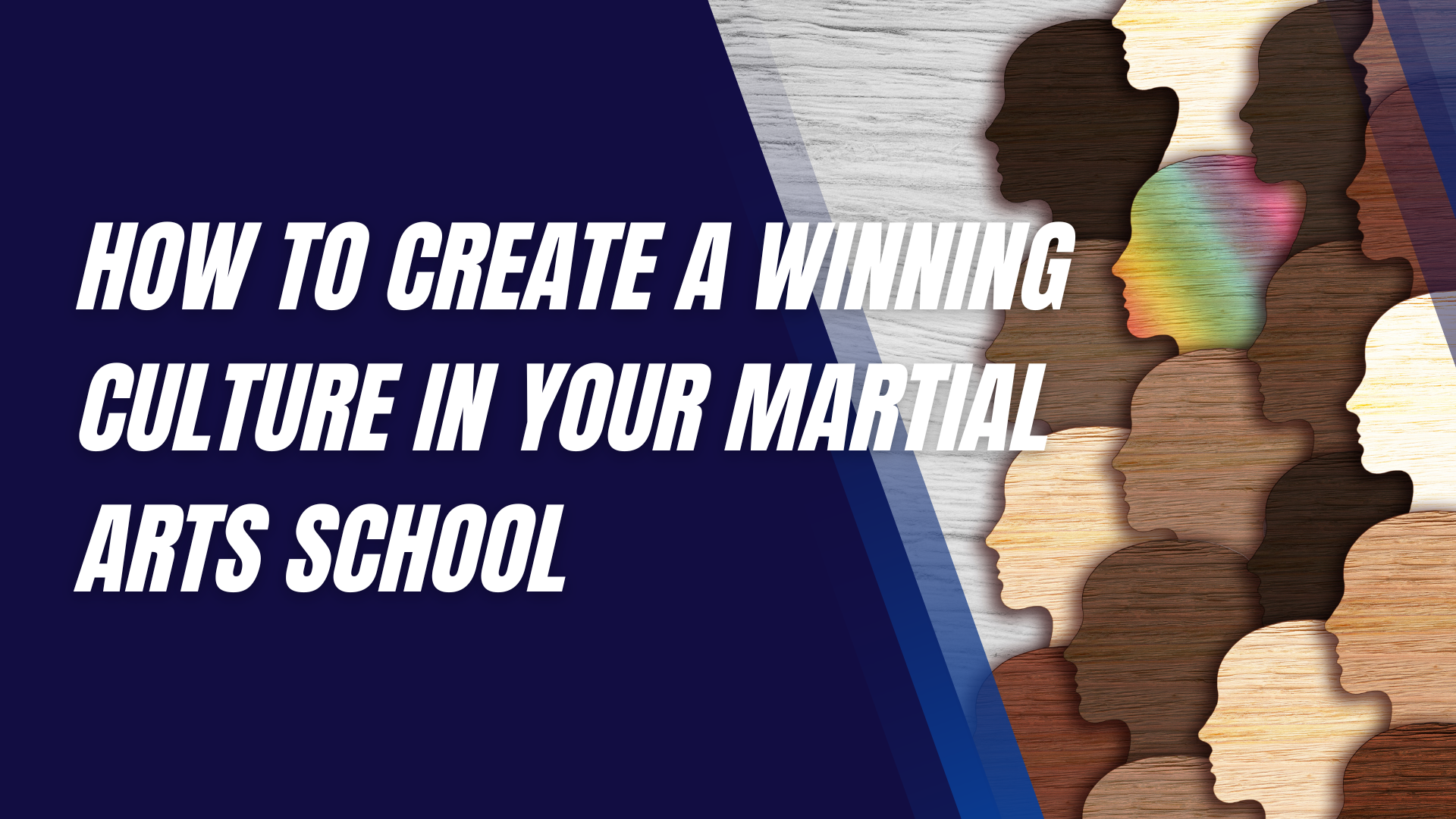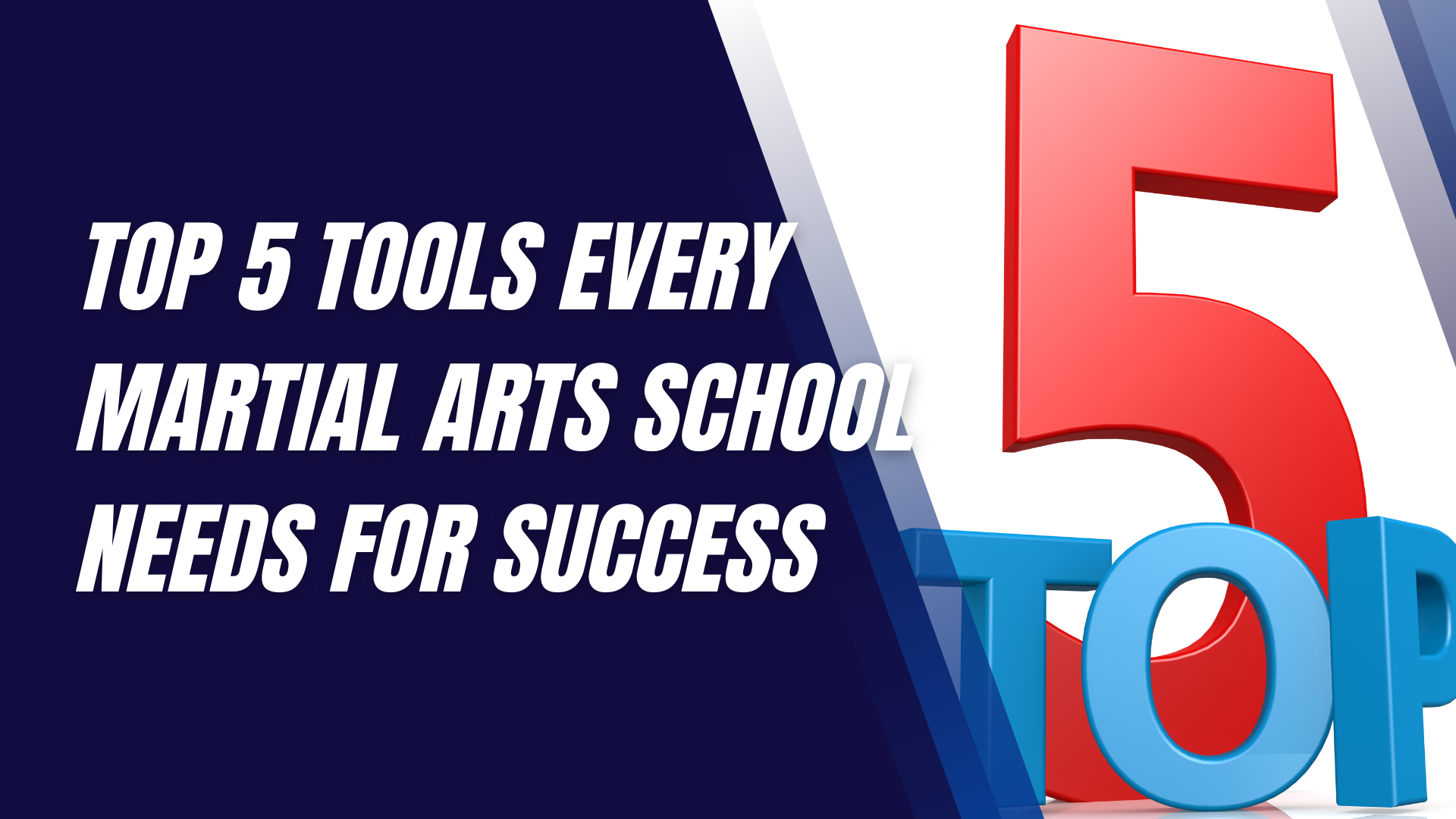Integrating Martial Arts into School Physical Education Programs
Physical education (PE) is a cornerstone of a well-rounded education, promoting physical fitness, teamwork, and healthy habits.
However, traditional PE activities can sometimes become monotonous and fail to engage all students. This is where martial arts come in—a dynamic and multifaceted approach to physical education that offers a plethora of benefits. Integrating martial arts into school PE programs can revolutionize the way students perceive and participate in physical activities.
History of Martial Arts
Martial arts have ancient roots, with origins tracing back thousands of years in various cultures around the world. From the disciplined practice of Kung Fu in China to the strategic combat techniques of Jiu-Jitsu in Japan, martial arts have evolved into diverse forms. Today, martial arts encompass a wide range of disciplines, including Taekwondo, Karate, Judo, and Brazilian Jiu-Jitsu, each with its own unique philosophy and techniques.
Benefits of Martial Arts for Students
Martial arts offer a holistic approach to physical education, providing numerous benefits that go beyond traditional PE activities.
Physical Benefits
Martial arts training enhances physical fitness through strength and conditioning exercises, flexibility training, and coordination drills. Students develop core strength, agility, and endurance, which are essential for overall health and well-being.
Mental Benefits
Discipline and focus are central to martial arts practice. Students learn to set goals, maintain concentration, and develop a resilient mindset. Additionally, martial arts provide an effective outlet for stress relief, contributing to better mental health and emotional regulation.
Social Benefits
Martial arts emphasize respect, humility, and cooperation. Students learn to work as part of a team, support their peers, and build strong, respectful relationships. These social skills are invaluable both inside and outside the classroom.
Martial Arts vs. Traditional PE Activities
Traditional PE activities often focus on team sports and general fitness routines. While these are beneficial, they may not engage all students equally. Martial arts, on the other hand, offer a diverse and inclusive approach. They cater to various interests and abilities, making physical activity more engaging and motivating for students who might not thrive in conventional sports.
Implementing Martial Arts in PE Curriculum
Introducing martial arts into the PE curriculum requires careful planning and preparation. Schools need to provide adequate training for PE teachers, ensuring they are well-versed in the chosen martial arts discipline. It's crucial to select a discipline that aligns with the school's goals and the students' needs. Schools can start with introductory classes and gradually incorporate more advanced training as students become more comfortable and skilled.
Challenges and Solutions
While the benefits of integrating martial arts into PE are clear, there are challenges to address.
Safety Concerns and Injury Prevention
Safety is paramount in martial arts training. Schools must implement strict safety protocols, provide appropriate protective gear, and ensure that instructors are certified and experienced. Regular monitoring and risk assessments can help minimize injuries.
Budget and Resource Allocation
Budget constraints can be a significant barrier. Schools may need to allocate funds for equipment, training, and facilities. Partnering with local martial arts schools or community organizations can help offset costs and provide additional resources.
Cultural Sensitivity and Inclusivity
Martial arts originate from various cultural backgrounds, so it's important to approach their integration with cultural sensitivity. Schools should educate students about the cultural significance of martial arts and promote inclusivity, ensuring that all students feel welcome and respected.
Case Studies and Success Stories
Several schools have successfully integrated martial arts into their PE programs, witnessing remarkable results. For instance, a school in California introduced Taekwondo as part of its PE curriculum. Teachers reported improvements in student behavior, academic performance, and physical fitness. Students expressed increased confidence, discipline, and enthusiasm for physical activities.
Martial Arts Programs for Different Age Groups
Martial arts programs can be tailored to suit different age groups, ensuring age-appropriate training and development.
Elementary School Programs
For younger children, martial arts classes focus on basic movements, balance, and coordination. Activities are designed to be fun and engaging, fostering a love for physical activity from an early age.
Middle School Programs
Middle school students can handle more structured training, with an emphasis on discipline, focus, and self-defense techniques. This age group benefits from the confidence-building aspects of martial arts.
High School Programs
High school programs can incorporate advanced techniques and sparring sessions. Students develop higher levels of physical fitness, strategic thinking, and emotional resilience, preparing them for challenges beyond school.
Role of Parents and Community
Parents and the community play a crucial role in the successful integration of martial arts into school PE programs. Parental support and involvement can enhance student participation and enthusiasm. Community partnerships with local martial arts schools or organizations can provide additional resources, expertise, and opportunities for extracurricular activities.
Assessment and Evaluation
To measure the success of martial arts programs, schools should implement comprehensive assessment and evaluation methods. This includes tracking physical fitness improvements, evaluating mental and social development, and gathering feedback from students and parents. Regular assessments help ensure that the program meets its objectives and provides tangible benefits to students.
Global Perspective on Martial Arts in Education
Many countries have successfully integrated martial arts into their education systems. In South Korea, Taekwondo is a mandatory part of the school curriculum, promoting physical fitness and discipline. Similarly, schools in Brazil often incorporate Capoeira, a martial art that combines dance, music, and acrobatics, fostering cultural appreciation and physical agility. These international examples provide valuable insights and best practices that can be adapted to other educational contexts.
Final Thoughts
Integrating martial arts into school PE programs offers a unique and multifaceted approach to physical education. The physical, mental, and social benefits of martial arts make it a valuable addition to any curriculum, promoting holistic development and lifelong healthy habits. Schools and educators are encouraged to consider the potential of
martial arts in transforming PE and enriching students' lives.
Interested in trying a martial arts class? Find an affiliated academy anywhere in the country by clicking here.
Have your own martial arts program? Get to know more about what we have to offer at Ground Standard Agency for helping martial arts businesses grow.
Email us at info@groundstandard.com, or call and text us at (732) 907-8920 today to learn how to start growing your own academy, school, dojo, or gym with us as well.
Share this article
